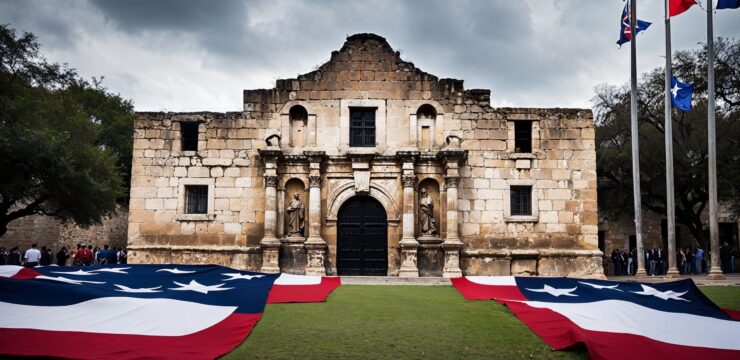Alcatraz Island, often referred to simply as “The Rock,” is one of the most iconic landmarks in the United States. Located in the chilly waters of San Francisco Bay, the island has a long and fascinating history, serving various roles over the centuries. From a military fortress to a notorious federal prison and now a popular tourist attraction, Alcatraz continues to captivate visitors from around the world.
A Storied Past
Before European settlement, Alcatraz Island was used by Indigenous tribes, particularly the Ohlone people, for gathering food and as a place of isolation. In 1775, Spanish explorer Juan Manuel de Ayala charted the island, naming it “La Isla de los Alcatraces” (Island of the Pelicans) due to the large number of seabirds nesting there.
During the 19th century, the U.S. military recognized the island’s strategic location and fortified it as part of the country’s coastal defense system. By the mid-1800s, a military prison was established, setting the stage for the island’s future as a place of incarceration.
The Infamous Federal Penitentiary (1934-1963)
Alcatraz gained its notorious reputation when it became a maximum-security federal prison in 1934. Designed to house the most dangerous criminals, the prison was known for its harsh conditions and inescapable location due to the frigid, fast-moving waters surrounding it.
Some of the most infamous inmates included Al Capone, George “Machine Gun” Kelly, and Robert Stroud, also known as the “Birdman of Alcatraz.” Though there were several escape attempts, the island’s isolation and strong currents made successful escapes nearly impossible. The most famous escape attempt occurred in 1962 when three inmates—Frank Morris and brothers John and Clarence Anglin—crafted a meticulous plan using dummy heads and a makeshift raft. Their fate remains a mystery, fueling speculation and legend.
The Native American Occupation (1969-1971)
After the prison closed in 1963 due to high operational costs, Alcatraz became the site of a significant political movement. In 1969, a group of Native American activists, led by members of the American Indian Movement (AIM), occupied the island for 19 months to protest government policies regarding Indigenous rights. This occupation brought national attention to Native American struggles and is considered a pivotal moment in Indigenous activism in the U.S.
Alcatraz Today: A Major Tourist Attraction
Today, Alcatraz Island is managed by the National Park Service as part of the Golden Gate National Recreation Area. Visitors can explore the remnants of the prison, including the eerie cellblocks, dining hall, and guard towers. The site offers breathtaking views of the San Francisco skyline, as well as guided audio tours featuring stories from former inmates and guards.
In addition to its historical significance, the island is home to diverse wildlife, including seabirds such as cormorants and egrets. The natural beauty combined with its rich history makes Alcatraz one of the most visited landmarks in California.
Conclusion
Alcatraz Island remains a symbol of mystery, history, and resilience. From its origins as a military outpost to its role as a prison and a site of protest, the island’s past is deeply woven into the fabric of American history. Whether visitors come for its infamous criminal stories, its stunning scenery, or its cultural impact, Alcatraz continues to intrigue and inspire all who set foot on “The Rock.”

